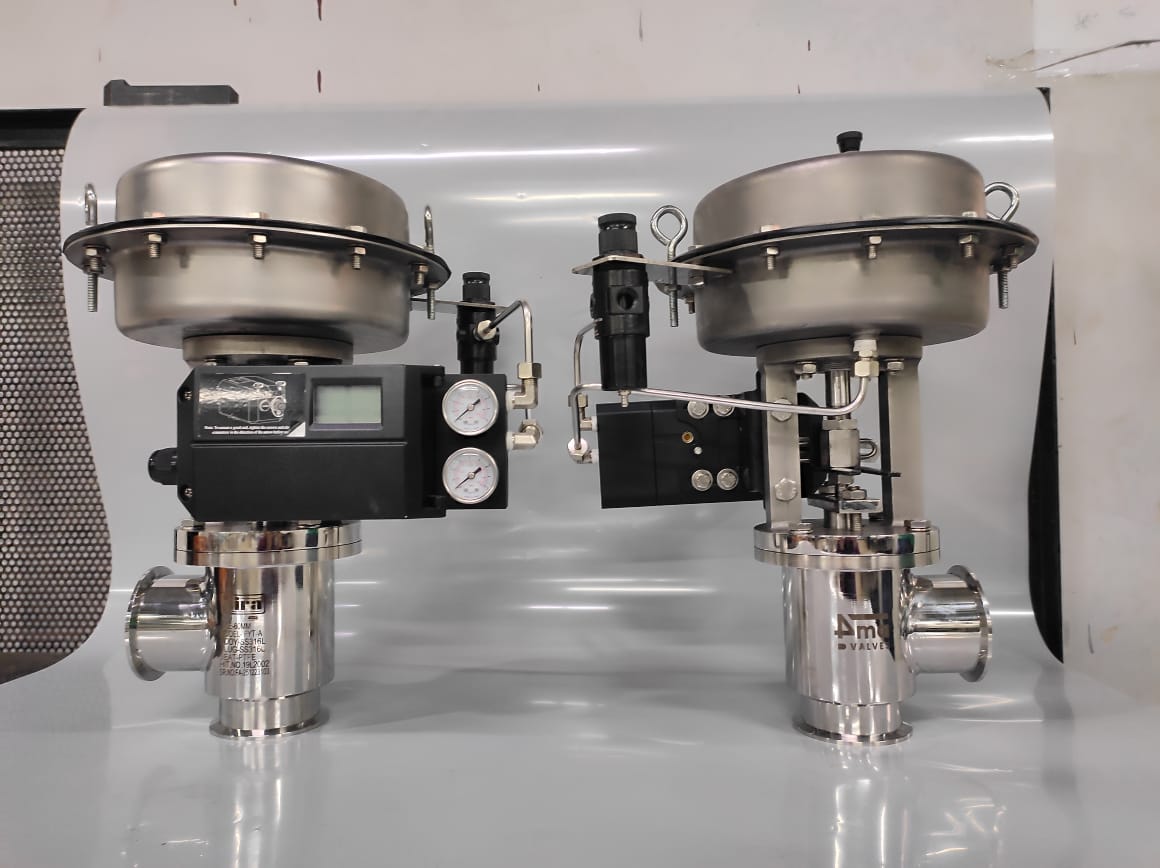Ball Valves Uses in Food & Beverage Industry
The food and beverage industry thrives on precise control and hygiene. From processing raw ingredients to packaging finished products, maintaining a safe and efficient environment is paramount. This is where ball valves play a crucial role. Ball valves are a type of quarter-turn rotary valve that utilizes a hollow ball with a bore to regulate flow. Their simple design and exceptional functionality make them a popular choice for various applications within the food and beverage sector.
Why Ball Valves Excel in Food & Beverage Processing
Several key characteristics make ball valves ideal for the demanding needs of food and beverage production:
- Superior Shut-Off: The ball’s secure closure ensures complete isolation of the flow path, minimizing the risk of contamination or product loss.
- Quick Operation: The quarter-turn operation allows for fast and efficient flow control, crucial for processes with frequent switching between on and off states.
- High Flow Capacity: The unobstructed bore of the ball minimizes pressure drops, enabling efficient handling of high-volume liquids.
- Durability: Ball valves are constructed from robust materials like stainless steel, able to withstand the rigors of harsh cleaning procedures and high temperatures often encountered in food processing.
- Hygienic Design: Ball valves often have a smooth, crevice-free design, minimizing areas where bacteria or debris can harbor. This simplifies cleaning and reduces the risk of product contamination.
- Versatility: Ball valves come in various sizes and materials, catering to a wide range of applications within the food and beverage industry.
Specific Applications of Ball Valves in Food & Beverage
- Direct Food Contact: Sanitary ball valves, specifically designed for hygienic applications, are used in processes where the valve comes into direct contact with food or beverage products. These valves comply with strict regulations and employ materials like 316L stainless steel that resist corrosion and can be thoroughly cleaned. They are ideal for applications like:
- Transferring milk, beer, wine, and other consumable liquids.
- Dosing ingredients in food processing.
- Filling and packaging finished products.
- Utility Services: Ball valves are also extensively used in utility lines that support food and beverage production but don’t directly contact the product. These valves regulate the flow of essential utilities like:
- Steam used for cooking, sterilization, and cleaning.
- Water for sanitation and ingredient preparation.
- Compressed air for pneumatic equipment operation.
- Isolation and Diverting Flows: Ball valves are adept at isolating specific sections of pipelines for maintenance or diverting flow paths for process control. This functionality is crucial for tasks like:
- Isolating equipment during cleaning or repairs.
- Diverting flow to different processing lines.
- Draining pipelines for maintenance.
Ball Valve Selection for Food & Beverage Applications
When selecting ball valves for the food and beverage industry, several factors need careful consideration:
- Material Compatibility: The valve material must be compatible with the specific food or beverage product and cleaning chemicals used. Stainless steel (316L grade) is a popular choice for its durability and resistance to corrosion.
- Flow Requirements: The valve size and design should ensure optimal flow for the intended application. Consider factors like pressure, flow rate, and viscosity of the product.
- Hygienic Standards: For applications with direct food contact, the valve must comply with relevant food safety regulations like 3-A Sanitary Standards.
- Actuation Type: Ball valves can be manually operated with a lever handle or automated with pneumatic or electric actuators for integration into control systems.
- Maintainability: The valve design should allow for easy disassembly and cleaning to maintain a hygienic environment.
Conclusion
Ball valves play a vital role in ensuring the smooth operation, safety, and hygiene of food and beverage production processes. Their versatility, durability, and ease of operation make them a preferred choice for various applications across the industry. By carefully selecting valves that meet specific needs and comply with relevant regulations, food and beverage producers can ensure the integrity and quality of their products while maintaining efficient operations.






